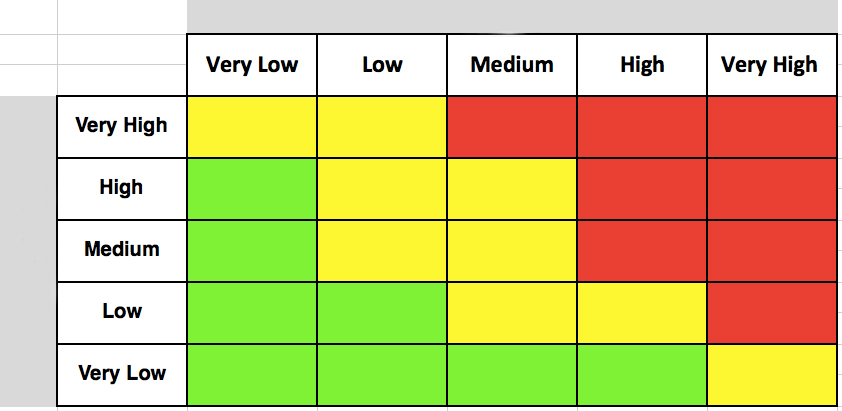Colour Code is not enough to understand the risk in Mutual Fund
Mutual fund investments are subject to market risks, read all scheme related documents carefully. This is a common disclaimer you see in all advertisement related to mutual fund or on sales brochures. Still complaint of mis-selling is very common. Though you cannot always blame the mutual fund distributor for this mis-selling as sometime investor invests in the scheme without really understanding the objective of the scheme.
With an objective to curb the issue of mis-selling market regulator SEBI has issued directives for product labeling that would come in effect from 1st July 2013. According to SEBI it will help investor to understand that in what kind of product they are investing. This product labeling will be applicable for all existing Mutual fund scheme as well as for new schemes.
Parameters for labeling of scheme
It will be based on three parameters.
a) Nature of scheme such as to create wealth or provide regular income in an Indicative time horizon whether short term, medium term or long term.
b) A brief about the investment objective (in a single line sentence) followed by kind of product in which investor is investing e.g. Equity or Debt.
c) Level of risk, depicted by colour code boxes. Blue colour indicates that principal of investment is at low risk, yellow indicates medium risk and Brown indicates that principal of your investment is at high risk.
This product label will be placed in all common application forms, advertisement and all scheme related documents.
Scope of Colour Coding
The colour coding will not tell the exact risk of the scheme but it will give opportunity to investors as well as advisors to discuss about relation between risk and returns.
Limitations
Mutual fund is a pool of fund and there are various types of schemes based on the objective of investment. Broadly mutual funds are classified as equity, debt, gold and hybrid scheme. Further, equity schemes are classified as large cap, mid cap small cap, thematic and sectoral fund on the basis of underlying assets in a particular scheme. An index fund is also a diversified equity scheme. Within equity class if I talk about risk then index fund has lowest risk where as a sectoral fund has the highest risk. But both schemes will have the same colour code. Similarly risk vary in a debt mutual fund scheme based on the underlying asset in it. Underlying asset in a debt scheme may be bond, Commercial paper, Certificate of deposits or government securities. Hybrid scheme is the one which has more than one asset class in its underlying portfolio. Honestly speaking Just by seeing the colour code you cannot really assess the risk of a scheme.
Conclusion
Risk comes by not knowing what you are doing. What is risk for you may be an opportunity for somebody to earn higher returns. To understand the risk you need to understand the objective and nature of the scheme. You should take some time to understand
the product well and should take an informed decision.


